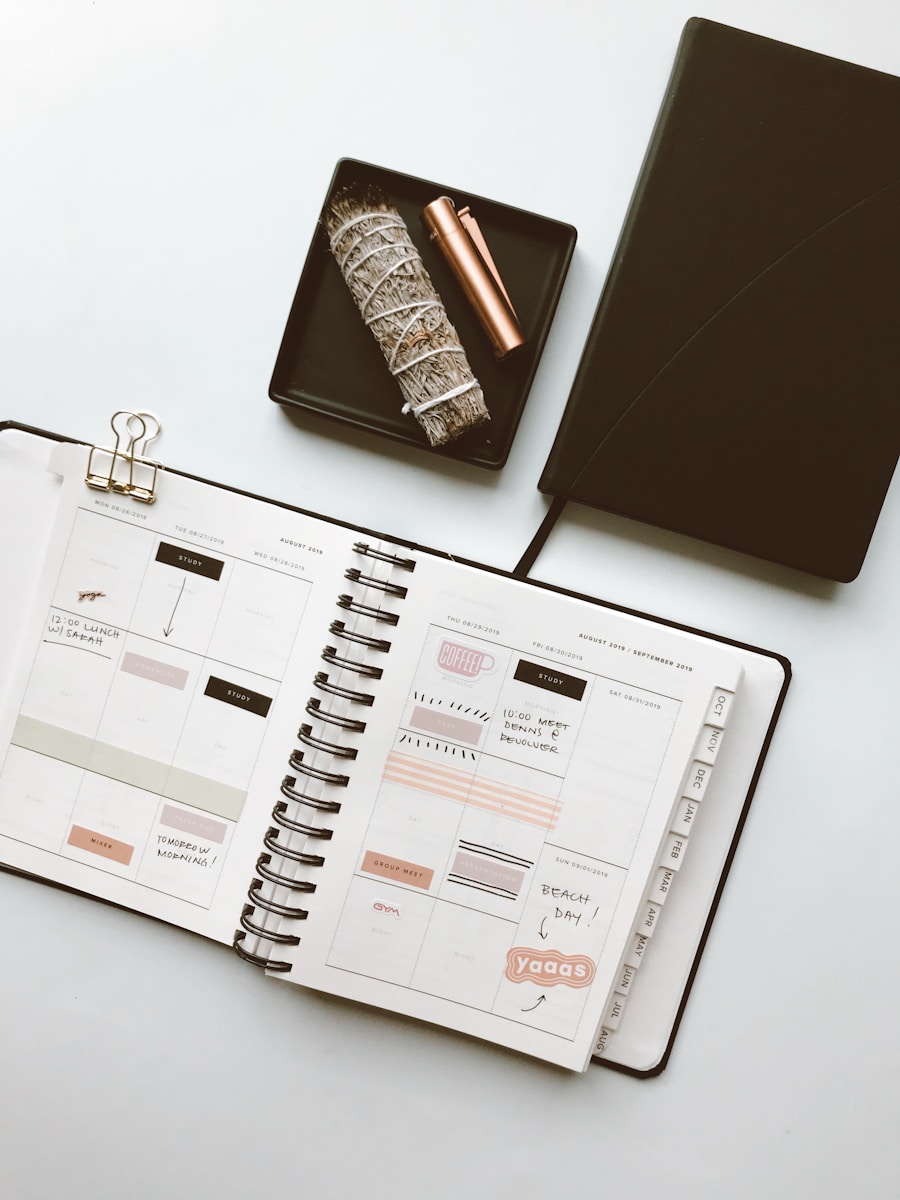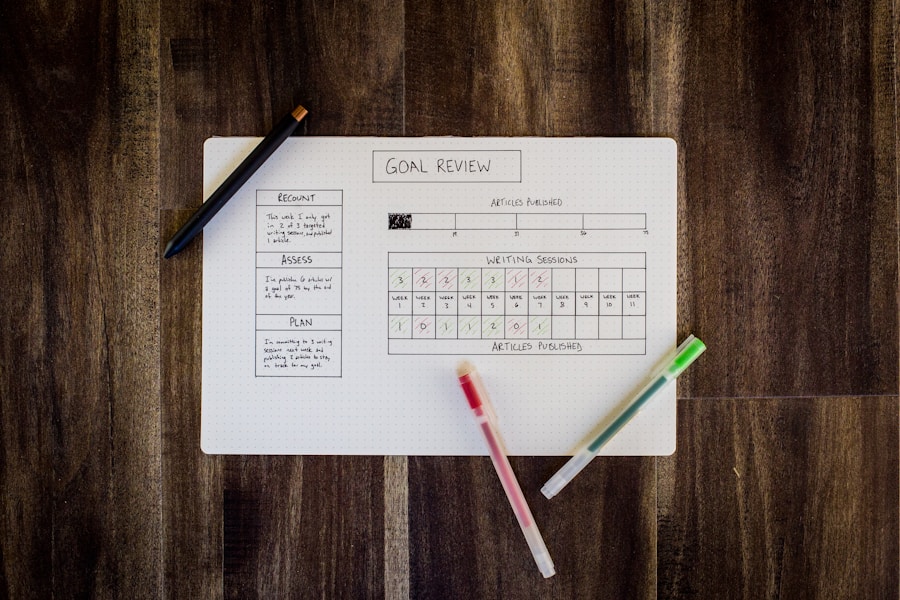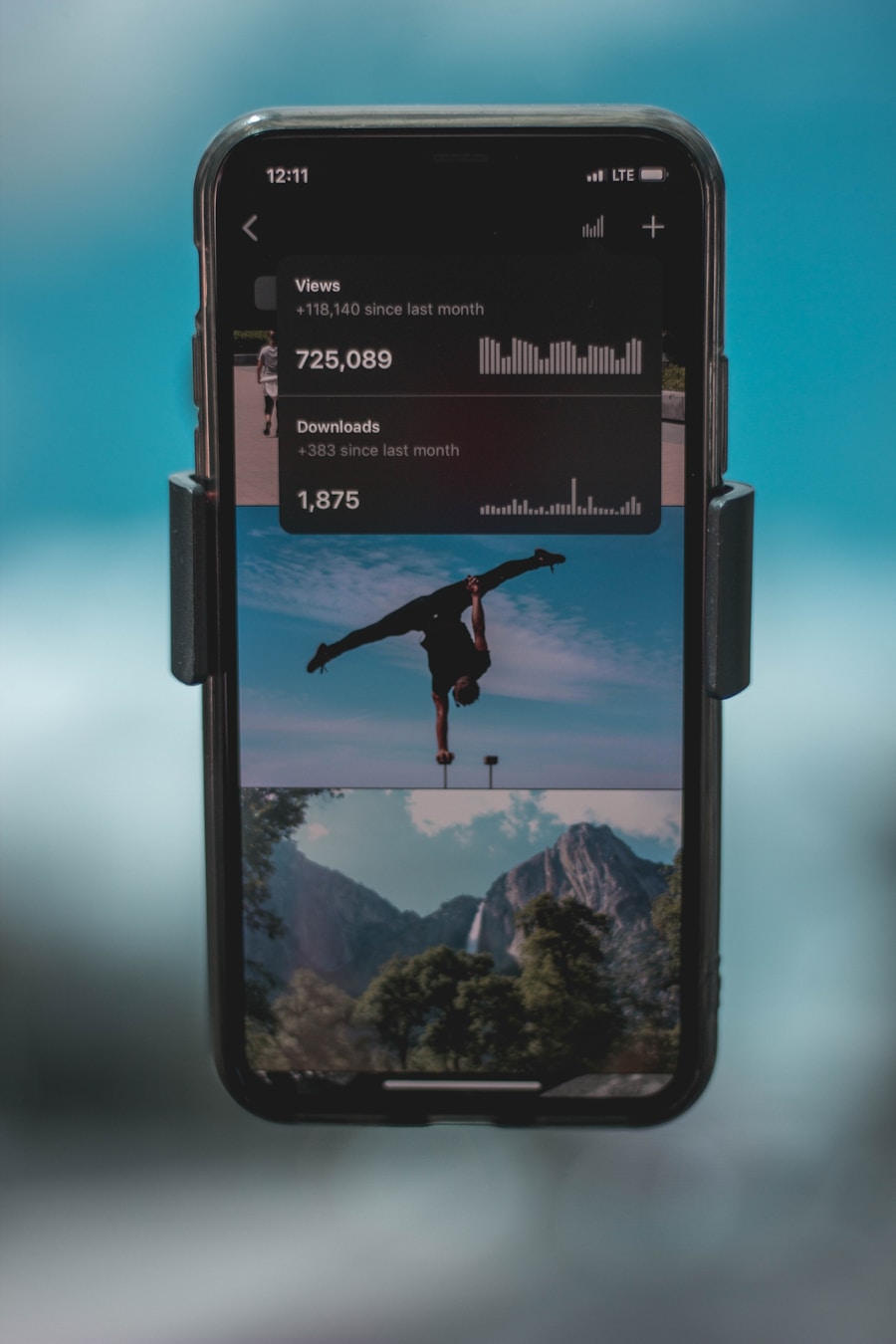Budgeting serves as the cornerstone of financial health, providing individuals and families with a structured approach to managing their finances. At its core, budgeting involves creating a plan that outlines expected income and expenses over a specific period, typically a month or a year. This process is crucial because it allows individuals to gain a clear understanding of their financial situation, enabling them to make informed decisions about spending, saving, and investing.
Without a budget, it is easy to lose track of where money is going, leading to overspending and potential debt accumulation. Moreover, budgeting fosters accountability and discipline. When individuals take the time to create a budget, they are more likely to adhere to it, as it serves as a tangible reminder of their financial goals.
This discipline can lead to improved financial habits, such as prioritizing savings and reducing unnecessary expenditures. Additionally, a well-structured budget can help individuals prepare for unexpected expenses, ensuring that they are not caught off guard by financial emergencies. In essence, budgeting is not merely about restricting spending; it is about empowering individuals to take control of their financial futures.
Key Takeaways
- Budgeting is important for managing your finances and achieving your financial goals.
- A realistic budget takes into account your income, expenses, and financial goals.
- Tracking and monitoring expenses helps you stay on track with your budget and identify areas for improvement.
- Identifying and prioritizing financial goals helps you allocate your resources effectively.
- Building an emergency fund is crucial for unexpected expenses and financial stability.
Creating a Realistic Budget
Creating a realistic budget requires careful consideration of both income and expenses. The first step in this process is to gather all sources of income, including salaries, bonuses, freelance work, and any passive income streams. Once the total monthly income is established, the next step involves listing all fixed and variable expenses.
Fixed expenses include rent or mortgage payments, insurance premiums, and loan repayments, while variable expenses encompass groceries, entertainment, and discretionary spending. By categorizing these expenses, individuals can gain insight into their spending patterns. It is essential to ensure that the budget reflects actual spending habits rather than idealized versions of them.
For instance, if an individual typically spends $300 on groceries each month but has budgeted only $200, this discrepancy can lead to frustration and ultimately derail the budgeting process. Therefore, it is advisable to review past bank statements and receipts to create a more accurate picture of spending habits. Additionally, incorporating a buffer for unexpected expenses can provide flexibility within the budget, allowing for adjustments without compromising overall financial goals.
Tracking and Monitoring Expenses

Once a budget is established, the next critical step is tracking and monitoring expenses. This ongoing process involves recording every expenditure to ensure that spending aligns with the budgeted amounts. Various tools can assist in this endeavor, ranging from traditional pen-and-paper methods to sophisticated budgeting apps that automatically categorize transactions.
The choice of tracking method often depends on personal preference and comfort with technology. Regularly reviewing expenses not only helps individuals stay within their budget but also highlights areas where adjustments may be necessary. For example, if someone notices that they consistently overspend on dining out, they may choose to allocate more funds to that category or find ways to reduce those costs by cooking at home more often.
Additionally, tracking expenses can reveal patterns that may not be immediately apparent, such as recurring subscriptions that are no longer used or impulse purchases that could be curtailed. This level of awareness fosters better financial decision-making and encourages individuals to take ownership of their spending habits.
Identifying and Prioritizing Financial Goals
| Financial Goals | Priority Level |
|---|---|
| Retirement savings | High |
| Emergency fund | Medium |
| Debt repayment | High |
| Education savings | Low |
Identifying and prioritizing financial goals is a fundamental aspect of effective budgeting. Financial goals can vary widely from person to person; some may aim to pay off debt, while others may focus on saving for a home or planning for retirement. To create a meaningful budget, individuals must first articulate their short-term and long-term financial objectives.
Short-term goals might include building an emergency fund or saving for a vacation, while long-term goals could involve retirement savings or funding a child’s education. Once these goals are established, it is crucial to prioritize them based on urgency and importance. For instance, paying off high-interest debt should typically take precedence over saving for a luxury item.
By ranking goals, individuals can allocate their resources more effectively and ensure that they are making progress toward what matters most to them. Additionally, setting specific timelines for achieving these goals can enhance motivation and provide a clear roadmap for financial success.
Building an Emergency Fund
An emergency fund is an essential component of any sound financial strategy. This fund acts as a safety net during unforeseen circumstances such as job loss, medical emergencies, or major home repairs. Financial experts often recommend saving three to six months’ worth of living expenses in an easily accessible account.
Building this fund requires discipline and commitment but can significantly reduce financial stress in times of crisis. To start building an emergency fund, individuals should first determine how much they need based on their monthly expenses. Once this figure is established, they can set up automatic transfers from their checking account to a dedicated savings account each month.
This approach not only simplifies the saving process but also ensures that contributions are made consistently without the temptation to spend that money elsewhere. Over time, as the emergency fund grows, individuals will gain peace of mind knowing they have a financial cushion to rely on when unexpected challenges arise.
Cutting Costs and Saving Money

Identifying Opportunities for Savings
Individuals often overlook small expenditures that can add up quickly; therefore, conducting a thorough review of monthly expenses can reveal opportunities for savings. For example, evaluating subscription services—such as streaming platforms or gym memberships—can help identify those that are underutilized or unnecessary.
Adopting Frugal Habits
Adopting frugal habits can contribute to substantial savings without sacrificing quality of life. Simple changes like meal planning can reduce grocery bills significantly by minimizing food waste and avoiding impulse purchases at the store. Furthermore, exploring alternatives for everyday expenses—such as using public transportation instead of driving—can lead to savings on fuel and maintenance costs.
Freeing Up Funds for Savings
By being mindful of spending habits and actively seeking ways to cut costs, individuals can free up funds for savings or investment opportunities.
Investing and Growing Your Wealth
Investing is a critical step in building wealth over time and should be considered once individuals have established a solid budget and emergency fund. The power of compound interest means that even small investments can grow significantly over time if given the opportunity. Individuals should educate themselves about various investment options available in the market—such as stocks, bonds, mutual funds, and real estate—to determine which aligns best with their financial goals and risk tolerance.
For those new to investing, starting with employer-sponsored retirement accounts like 401(k)s can be an excellent way to begin building wealth while taking advantage of tax benefits. Many employers offer matching contributions up to a certain percentage, effectively providing free money for retirement savings. Additionally, opening an Individual Retirement Account (IRA) can offer further tax advantages while allowing individuals to diversify their investment portfolios.
As individuals become more comfortable with investing, they may explore other avenues such as index funds or exchange-traded funds (ETFs), which provide exposure to a broad range of assets with lower fees compared to actively managed funds.
Revisiting and Adjusting Your Budget Regularly
The final aspect of effective budgeting involves revisiting and adjusting the budget regularly. Life circumstances change—whether due to shifts in income, unexpected expenses, or evolving financial goals—and budgets must adapt accordingly. Setting aside time each month or quarter to review the budget allows individuals to assess their progress toward financial goals and make necessary adjustments.
During these reviews, it is essential to analyze both successes and challenges encountered in adhering to the budget. If certain categories consistently exceed their limits—such as entertainment or dining out—it may be necessary to reallocate funds or implement stricter spending guidelines in those areas. Conversely, if there are surplus funds in specific categories due to lifestyle changes or reduced expenses, these can be redirected toward savings or investment opportunities.
By maintaining flexibility within the budgeting process and being willing to make adjustments as needed, individuals can ensure that their financial plans remain relevant and effective in achieving their long-term objectives.
Budgeting is an essential aspect of personal finance management, and utilizing tools like budget tracker apps can greatly simplify the process. One related article worth checking out is “Discover the Best Personal Finance App for Apple Users” on Valapoint.
To learn more, visit here.


























